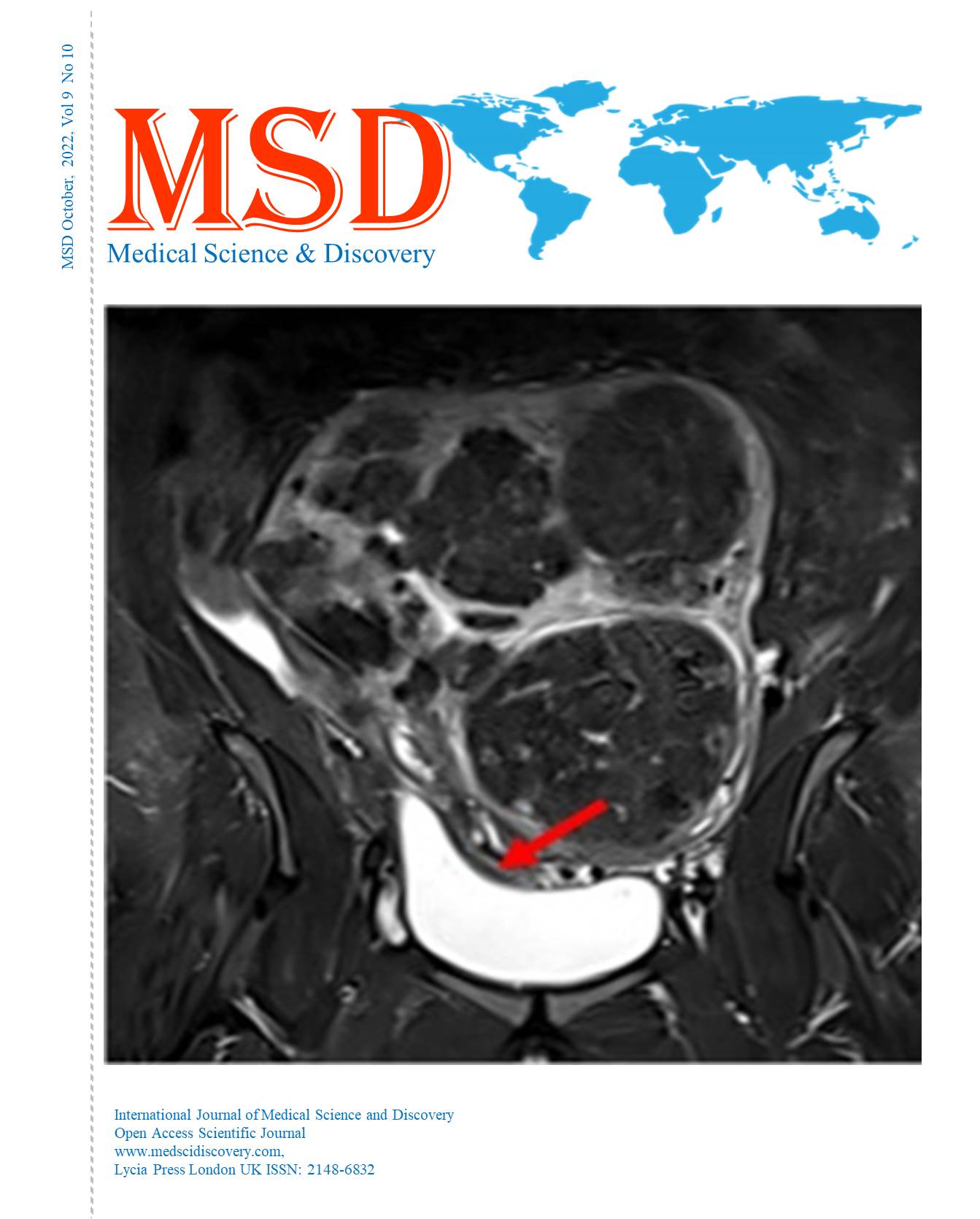Are there fitness-related physiological changes following a series of Rebirthing sessions? Effects of Rebirthing treatments on fitness-related physiological responses
Main Article Content
Abstract
Objective: The current study is only the second known empirical study of Rebirthing, a holistic self-improvement therapy. The study looked at fitness-related physiological outcomes following a series of rebirthing sessions.
Methods and materials: Ten healthy young women (mean age, weight, and height: 372.7 years, 54.16.4 kg, and 161.24.9 cm, respectively) underwent two identical resting pulmonary function tests (PFTs) and two two-stage all-out graded cardiopulmonary exercise tests (CPETs) before (pre) and after (post) a series of 10 weekly Rebirthing treatments. The rebirthing sessions were held at the Israeli Rebirthing Center in Tel Aviv. All rebirthing treatments were performed by a single qualified Rebirthing therapist and lasted approximately 40-50 minutes each.
Results: There were no significant changes (p˃0.05) in resting lung functions (PFTpost) or peak values at maximal effort (CPETpost) after the rebirthing program (except for a decrease in HRpeak). Nonetheless, the results show a significant reduction (p˂0.05) in several cardiopulmonary attributes measured during the submaximal phase of the second CPET (HRsub, VO2sub, RERsub, VEsub, BRsub; Bfsub and an increase in Vd/Vtsub).
Conclusions: As the first study to investigate the effect of a series of rebirthing treatments on responses of selected fitness-related physiological measures at rest and during exercise, it is not surprising that no unambiguous answers to the research questions were found. Further studies are needed to provide reliable support and explanations for the study findings.
Downloads
Article Details

This work is licensed under a Creative Commons Attribution-NonCommercial 4.0 International License.
Accepted 2022-10-21
Published 2022-10-24
References
Meuret AE, Ritz T, Wilhelm FH, Roth WT. Voluntary hyperventilation in the treatment of panic disorder - functions of hyperventilation, their implications for breathing training, and recommendations for standardization. Clin Psychol Rev. 2005; 25(3): 285-306. DOI: https://doi.org/10.1016/j.cpr.2005.01.002
Zvolensky MJ, Eifert GH. A review of psychological factors/processes affecting anxious responses during voluntary hyperventilation and inhalations of carbon dioxide-enriched air. Clin Psychol Rev. 2001; 21(3):375-400. DOI: https://doi.org/10.1016/S0272-7358(99)00053-7
Orr L. Rebirthing in the New Age. Publisher: Orr Leonard D; Taschenbuch, EAN 348.
Orr L, Ray S. Rebirthing - renaissance au novel age. Ten Speed Press. 1983.
Laffey JG, Kavanagh MB. Hypocapnia. N Engl J Med. 2002; 4;347(1):43-53. DOI: https://doi.org/10.1056/NEJMra012457
Brashear RE. Hyperventilation syndrome. Lung. 1983;161: 257–273. DOI: https://doi.org/10.1007/BF02713872
Bass C. Hyperventilation syndrome: a chimera? J Psychosom Res. 1997; 42(5):421-426. DOI: https://doi.org/10.1016/S0022-3999(96)00365-0
Leonard J, Laut P. R.ebirthing: The Science of Enjoying All of Your Life. Trinity Publications, 1983.
Morgan WP. Hyperventilation syndrome: a review. Am Ind Hyg Assoc J. 1983;44(9):685-689. DOI: https://doi.org/10.1080/15298668391405562
Ray S, Orr L, Rebirthing in the New Age. Publisher: Celestial Arts, ISBN-13-780890871348, 1977.
Welch HG. Effects of Hypoxia and Hyperoxia on Human Performance. Exer and Sport Scie Rev.1987; 15(1):191-222. DOI: https://doi.org/10.1249/00003677-198700150-00010
Inbar O, Inbar O, Zohar H, Ofir D. Physiological responses during a single rebirthing (Breathwork) session. Med Scie and Discov. 2022; 9(6):347-354. DOI: https://doi.org/10.36472/msd.v9i6.748
Wasserman K, Hansen JE, Sue DY, Stringer WW, Whipp BJ. Principle of Exercise Testing and Interpretation. C. Lippincott Williams & Wilkins, 4th Edition, 2005.
Wagner PD. Determinants of maximal oxygen transport and utilization. Annu Rev Physiol. 1996; 58:21-50. DOI: https://doi.org/10.1146/annurev.ph.58.030196.000321
Dempsey JA. Is the lung built for exercise? Med. Sci. Sports Exerc. 1986; 18:143–155. DOI: https://doi.org/10.1249/00005768-198604000-00001
Weiner P, Azgad Y, and Ganam R. Inspiratory muscle training combined with general exercises reconditioning in patients with COPD. Chest 1992; 102:1351–1356. DOI: https://doi.org/10.1378/chest.102.5.1351
Morgan DW, Kohrt WM, Bates BJ, and Skinner JS. Effects of respiratory muscle endurance training on ventilatory and endurance performance of moderately trained cyclists. Int. J. Sports Med. 1987; 88–93. DOI: https://doi.org/10.1055/s-2008-1025647
Chen H., and Martin B. The effects of inspiratory muscle training on exercise performance in normal subjects. Physiologist. 1983; 26: A9.
Inbar O Weinstein Y, Kowalski A, Epstein S, Rotstein A. Effects of increased ventilation and improved pulmonary gas exchange on maximal oxygen uptake and power output. Scand J Med Sci Sports. 1993;3:81-88. DOI: https://doi.org/10.1111/j.1600-0838.1993.tb00367.x
inbar O, Kowalski A, Epstein S, Weinstein Y. Possible ventilatory limitations to maximal aerobic exercise. pflugers arch eur physiol. suppl 1989; 1, 413: 140.
Dempsey JA, McKenzie DC, Haverkamp HC, Eldridge MW: Update in the understanding of respiratory limitations to exercise performance in fit, active adults. Chest. 2008; 134:613-622.
Saunders PU, Pyne DB, Telford RD, Hawley JA. Factors affecting running economy in trained distance runners. Sports Med. 2004; 34(7):465-485. DOI: https://doi.org/10.2165/00007256-200434070-00005
Leirdal S, Ettema G. The relationship between cadence, pedaling technique and gross efficiency in cycling. Eur J Appl Physiol. 2011;111(12):2885-2893. DOI: https://doi.org/10.1007/s00421-011-1914-3
O'Kroy JA, and Coast JR. Effects of flow and resistive training on respiratory muscle endurance and strength. Respiration. 1993; 60:279–283. DOI: https://doi.org/10.1159/000196216
Inbar O, Weiner P, Azgad Y, Rotstein A, Weinstein Y. Specific inspiratory muscle training in well-trained endurance athletes. Med. Sci Sports Exerc. 2000; 32(7):1233-1237. DOI: https://doi.org/10.1097/00005768-200007000-00008
Dempsey JA, McKenzie DC, Haverkamp HC, Eldridge MW. Update in the understanding of respiratory limitations to exercise performance in fit, active adults. Chest. 2008 Sep 1;134(3):613-22. DOI: https://doi.org/10.1378/chest.07-2730
Grissom N, Bhatnagar S. Habituation to repeated stress: get used to it. Neurobiol Learn Mem. 2009; 92(2):215–224. DOI: https://doi.org/10.1016/j.nlm.2008.07.001
Thomas AD, Daigle N, Jeker D et al. Cognitive Performance Before and Following Habituation to Exercise-Induced Hypohydration of 2 and 4% Body Mass in Physically Active Individuals. Nutrients. 2022; 14(5): 935-951. DOI: https://doi.org/10.3390/nu14050935
Rankin CH, Abrams T, Barry RJ, Bhatnagar S, Clayton DF, Colombo J, et al., habituation revisited: an updated and revised description of the behavioral characteristics of habituation. Neurobiol. Learn. Mem. 2009; 92:135–138. DOI: https://doi.org/10.1016/j.nlm.2008.09.012
Schmid S, Wilson DA, Rankin CH. Habituation mechanisms and their importance for cognitive function. Front. Integr. Neurosci. 2015. DOI: https://doi.org/10.3389/978-2-88919-462-9

